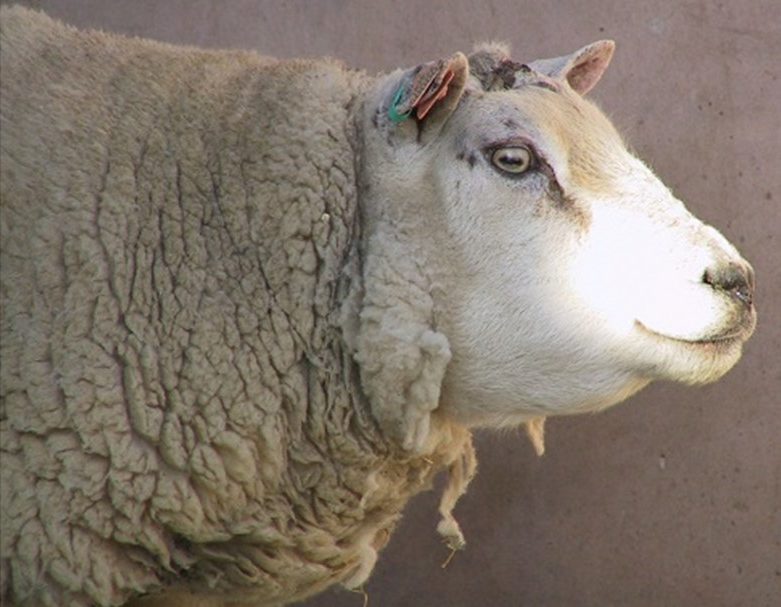Haemonchosis Risk
26 August 2022With recent hot weather, followed by heavy rains the risk of Haemochus contortus in livestock has increased with a several outbreaks diagnosed recently. The warm weather favours the larval development of this parasite and with female worms producing thousands of eggs per day, pasture contamination levels can rise quickly in the right conditions.
Haemonchus, or the Barber’s Pole worm, lives within the abomasum of affected sheep and feeds on blood through the stomach wall therefore clinical signs relate to blood and protein loss. All ages of sheep can be affected, and diarrhoea is not a sign of infection.
The severity of clinical signs depends on the number of infective larvae ingested.
Clinical signs of infection include
- Sudden death
- No evidence of poor body condition or scour in acute or sub-acute infections
- Aneamia due to blood sucking habit of the worms
- Bottle jaw
- Chronic infections are characterised by failure to thrive, weight loss, lethargy and weakness.
Sarah Balfour, sarah.balfour@sac.co.uk
Sign up to the FAS newsletter
Receive updates on news, events and publications from Scotland’s Farm Advisory Service

